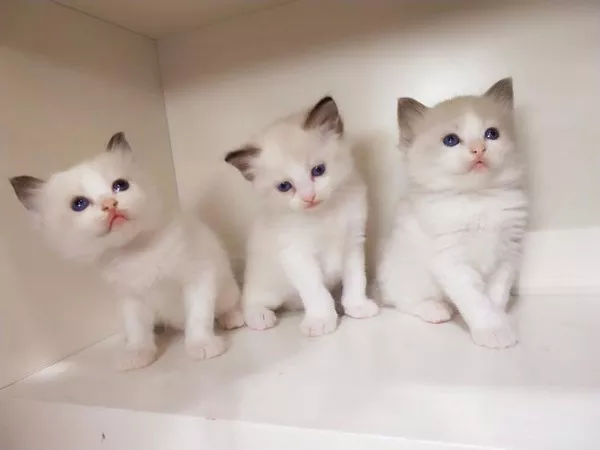Cats, beloved for their independent and sometimes mysterious nature, often present challenges when it comes to grooming routines. One common struggle faced by cat owners is the reluctance or outright refusal of their feline companions to have their nails clipped. In this article, we will explore the reasons behind a cat’s aversion to nail clipping and provide practical tips to make this essential grooming task a more manageable and stress-free experience for both you and your furry friend.
Understanding the Cat’s Perspective
Before delving into strategies for overcoming nail-clipping challenges, it’s crucial to understand why many cats express displeasure or fear during this grooming procedure:
Sensitivity to Touch:
Cats have highly sensitive paws, and touching or manipulating their feet may trigger discomfort or anxiety.
Fear of Restraint:
Cats are inherently resistant to restraint. The act of holding their paws or restricting movement can induce stress and fear.
Negative Past Experiences:
Cats have a long memory, and if they’ve had negative experiences with nail clipping in the past, they may associate it with fear or discomfort.
Unfamiliarity:
Some cats simply dislike having their paws touched or are unfamiliar with the sensation, making them resistant to nail trimming.
Tips for Easing the Nail-Clipping Process
1. Gradual Desensitization:
Start by gradually getting your cat used to the sensation of having their paws touched. Gently handle their paws for short periods, offering treats and positive reinforcement.
2. Positive Reinforcement:
Associate nail clipping with positive experiences by offering treats, verbal praise, or playtime during and after the procedure. This creates a positive association with the grooming activity.
3. Choose the Right Tools:
Invest in high-quality cat nail clippers or grinders designed for feline nails. Ensure they are sharp and well-maintained to minimize discomfort during the clipping process.
4. Familiarize Your Cat with Tools:
Before attempting to clip your cat’s nails, allow them to inspect and become familiar with the nail clippers or grinder. This helps reduce fear of unfamiliar objects.
5. Use Treats and Distractions:
Offer your cat special treats or engage them in play while introducing the nail-clipping process. This can divert their attention and create a positive association.
6. Involve Multiple Family Members:
If possible, involve other family members in the grooming routine. This helps your cat become accustomed to different people handling their paws.
7. Choose the Right Time:
Opt for a time when your cat is relaxed and calm for nail clipping. Avoid attempting the procedure when your cat is agitated or after a stressful event.
8. Consider Professional Grooming:
If nail clipping at home proves challenging, consider seeking professional grooming services. Veterinarians or professional groomers are experienced in handling resistant cats.
Step-by-Step Nail-Clipping Guide
Prepare the Tools:
Gather your cat nail clippers or grinder, treats, and a quiet, well-lit space.
Create a Calm Environment:
Choose a time when your cat is relaxed, and the environment is calm. Play soothing music or provide a comfortable blanket.
Positive Association:
Begin by offering treats and gentle praise without attempting to clip the nails. This creates a positive association with the grooming area.
Introduce the Tools:
Allow your cat to inspect the nail clippers or grinder without using them. Offer treats during this process to reinforce positive associations.
Gradual Paw Handling:
Gently handle your cat’s paws for short periods, offering treats and praise. Gradually increase the duration as your cat becomes more comfortable.
Clip a Single Nail:
Start by clipping a single nail, providing treats and positive reinforcement immediately after. Gradually increase the number of nails clipped during each session.
Monitor Signs of Discomfort:
Watch for signs of discomfort, stress, or agitation. If your cat becomes distressed, take a break and resume later.
Patience is Key:
Nail clipping may not happen smoothly in the beginning. Be patient, and celebrate small successes to build a positive experience over time.
Seeking Professional Assistance
If your cat consistently displays extreme resistance or fear during nail clipping, seeking professional assistance may be the best course of action. Veterinarians and professional groomers have the expertise to handle difficult cases and can provide guidance on managing your cat’s grooming needs.
See Also: Clipped Cat Nails Too Short: Reasons, Signs & Solutions
Conclusion
Nail clipping is a necessary aspect of cat care, and understanding your cat’s perspective is crucial for a successful grooming routine. By employing gradual desensitization, positive reinforcement, and choosing the right tools, you can transform nail clipping from a dreaded task into a manageable and even enjoyable experience for both you and your beloved feline companion.



























